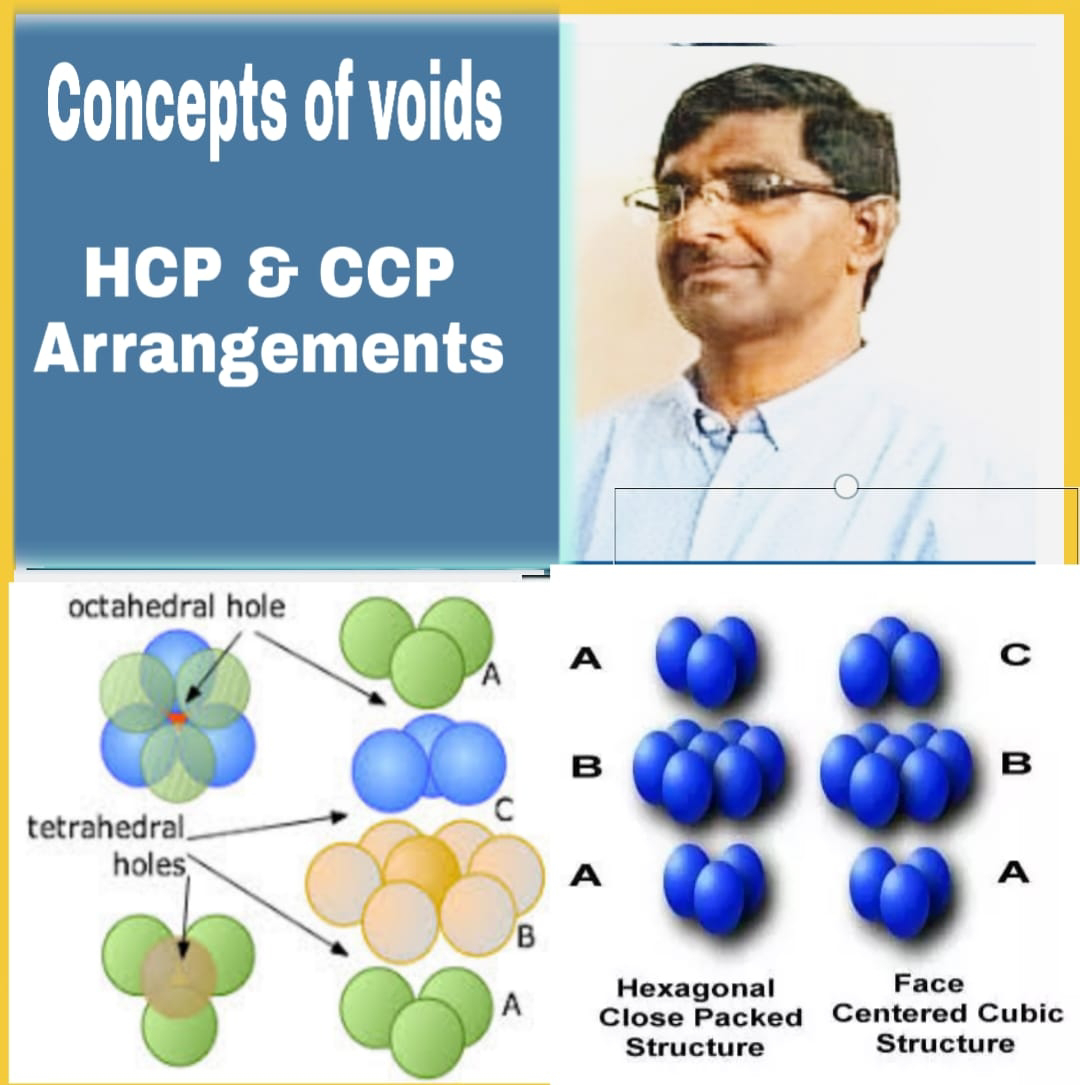Basic Concepts of Chemical Crystallography
CHEMICAL CRYSTALLOGRAPHY-
A branch of physical science that deals with the study of crystals i.e. their source, classification, properties and structure etc. is called chemical crystallography.
A crystalline solid consist of a large number of small units called crystal.
A crystal is a solid figure with a definite geometrical shape, flat faces and sharp edges.
Crystal lattice and unit cell-
“Regular arrangement of constituent particles i.e. atoms, ions or molecules of a crystal in a three dimensional space is called crystal lattice or space lattice.”
“The smallest three dimensional portion of a complete space lattice which when repeated over and again in different directions to generate the complete space lattice is called the unit cell”
The situation may be compared with that of a thick wall made up of bricks, where brick is similar to the unit cell and the wall to the complete space lattice.
The unit cell may be considered as the fundamental building block of the crystal lattice because the lattice can be constructed by stacking the unit cell.
Type of unit cells-
There are four types of unit cells-
(i) Simple cubic-
Such types of unit cells in which the particles are present only at the corners are called simple or primitive unit cells. It is denoted by ‘P’
(ii) Face centered Cubic- When the particles are present not only at corners but also at the centre of each face are called face centred cubic unit cell. It is denoted by ‘F’
(iii) Body centered cubic-When particles are present not only at corners but also one particle is present within the body of unit cell, it is called body centered cubic unit cell. It is denoted by ‘I ‘
(iv) End centred cubic-When particles are present not only at the corners but also one particle is present at two end faces ,it is called end centred cubic unit cell. It is denoted by ‘C’
End centred cubic unit cell is not encountered in cubic crystal system.
Cubic crystal system-
Cubic crystal system is the one in which the axial length of the unit cell are equal i.e. a= b= c and each of the axial angle is 90° i.e. α =β = y=90°
Cubic crystal system contains simple(SC), face centered (FCC) and body centered(BCC) unit cells.
Calculation of number of particles in cubic crystal system-
Simple cubic –When particles are present only at the corner of the cube ,it is called simple cubic (SC)
(i) Particle at the corner is shared by 8 unit cells
So contribution of particles present at the corner = 1/8
Total no. of particles present at simple cubic = 8× 1/8
= 1
Face centred cubic – When particles are present not only at corners but also at the centre of each face, it is called face centred cubic (FCC)
(i) Particle at the corner is shared by 8 unit cells.
So contribution of particles present at the corner =1/8
Total no. of particles
present at simple cubic
= 8 × 1/8
= 1
(ii) Particles at the face is shared by 2 unit cells
So contribution of particles presnt at the face
= 6 × 1/2
= 3
Total no. of particles presnt in face centred cubic
= 8× 1/8 + 6× 1/2
= 1 + 3
=4
Body centred cubic-
When particles are present not only at the corners but also one particle is present with in the body of the cube ,it is called body centred cubic (BCC )
(i) Particles at the corner is shared by 8 unit cells.
So contribution of particle present presnt at the corner = 8×1/8
(ii) Particle with in the body is shared by none = 1
Total no. of particles present in body centred cubic (BCC )
=8× +1/8 + 1(None)
=2












